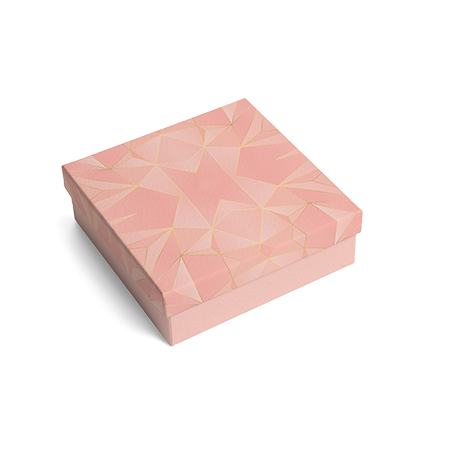The increasing problem of waste worldwide has brought attention to the need for more environmentally friendly packaging solutions. Non-recyclable packaging that remains in the environment continues to pose significant threats to nature, people, and animal life. Although plastic can be recycled, it requires a large amount of resources, facilities, and money, which makes businesses reluctant to allocate budget and take steps in this direction. Responsible brands, on the other hand, have started to use alternative packaging products that are biodegradable and compostable. Biodegradable and compostable are often confused and thought to be similar, but these two terms make up the entirety of the process aimed at reducing consumer waste. While all compostable products are biodegradable, not all biodegradable products are compostable. The main difference between the two is that biodegradable products break down into a few natural elements (carbon dioxide, water vapor, etc.), while compostable products leave behind a single organic material called "humus." This blog post will define biodegradable and compostable packaging materials and then discuss the differences between them.
Biodegradable Packaging
Over time, biodegradable packaging breaks down into harmless components. The breakdown rate depends on the biodegradable material and how much is processed. Over time, natural microorganisms break down these packaging materials into an organic substance. Natural mineral and the plant-based product packaging are biodegradable. These "biodegradable" packing materials might break down in days or years. Paper and cardboard can be produced from these materials. A cotton shirt takes six months to decompose, while paper takes two to five months. Biodegradable packaging's environmental impact can be minimised in waste management facilities by using the correct temperature, humidity, and microbes. Compostable packaging, however, is meant to break down in a composting facility. Heat, moisture, and microorganisms are needed to break it down into humus in 90 days. Compostable packaging uses plant starch and cellulose. Composting generates nutrient-rich soil for gardening and reduces landfill waste. In conclusion, biodegradable packaging breaks down naturally, while compostable packaging breaks down in a composting facility to produce nutrient-rich soil.
Compostable Packaging
Compostable packaging is packaging that can break down into carbon dioxide, water, and inorganic elements without leaving toxic effects. The process of converting these materials into compost typically involves sending the packaging to an industrial composting facility. Once the material has been processed, it can provide valuable nutrients to the soil and help fertilize it. However, it is important to note that not all compostable packaging will break down naturally in landfills. The materials require specific conditions, such as light, moisture, and heat, in order to break down.
Differences Between Them
- When biodegradable packages decompose, they leave residues in the soil that do not benefit the soil. Compost packages are completely mixed with the soil and provide nutritious value to the soil.
- The time it takes for biodegradable and compostable packaging to break down in nature differs.
- Biodegradable packaging may leave some toxic waste, while compostable packaging doesn't.
- Biodegradable packaging needs to be exposed to the correct moisture and temperature for decomposition, compostable packaging decomposes easier under environmental factors.
As consumers become more conscious of the value of sustainability, more companies are turning to ecologically friendly products. If you want to change all of your company's packaging in accordance with this understanding, please contact LuxBoxPack through our website.












